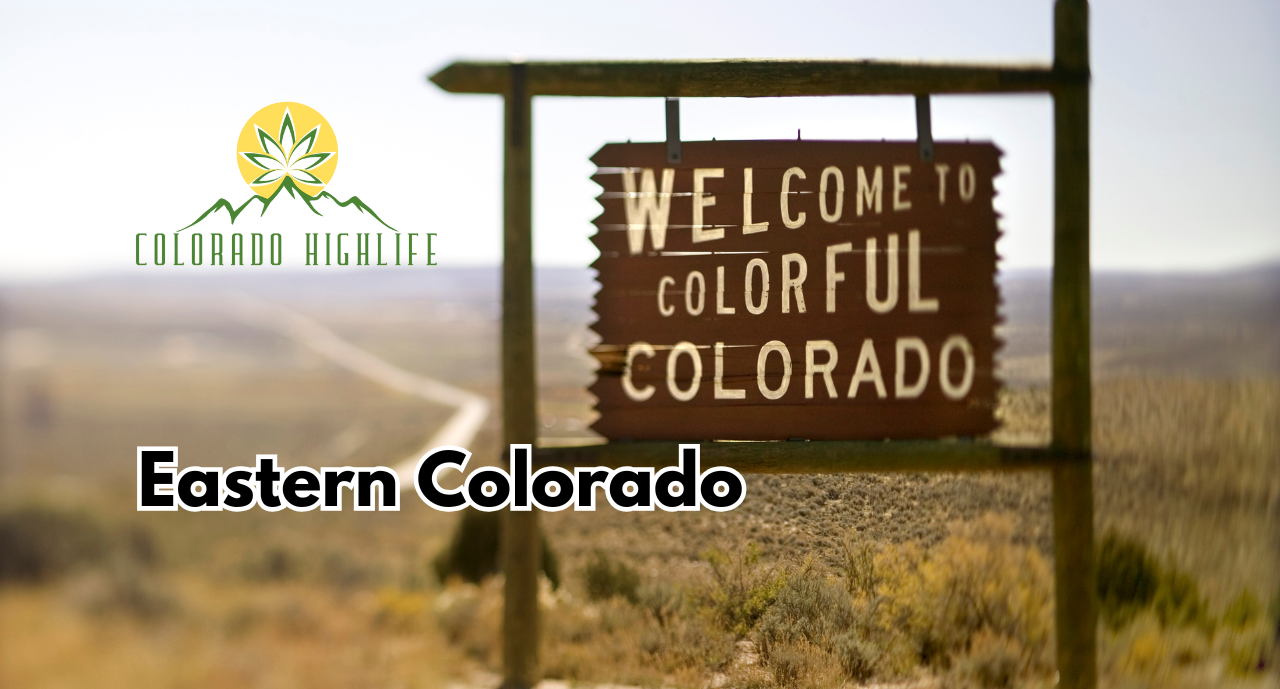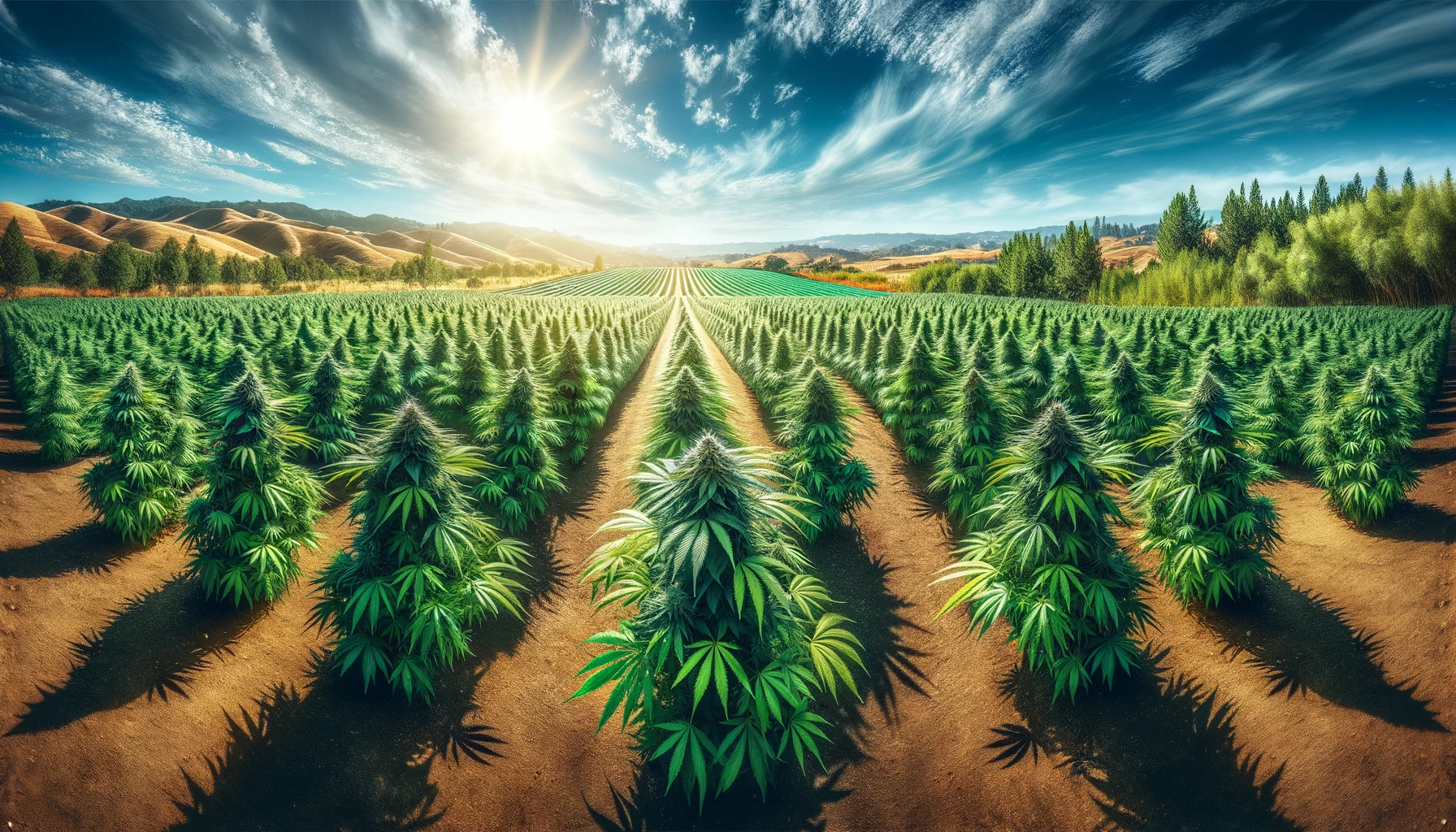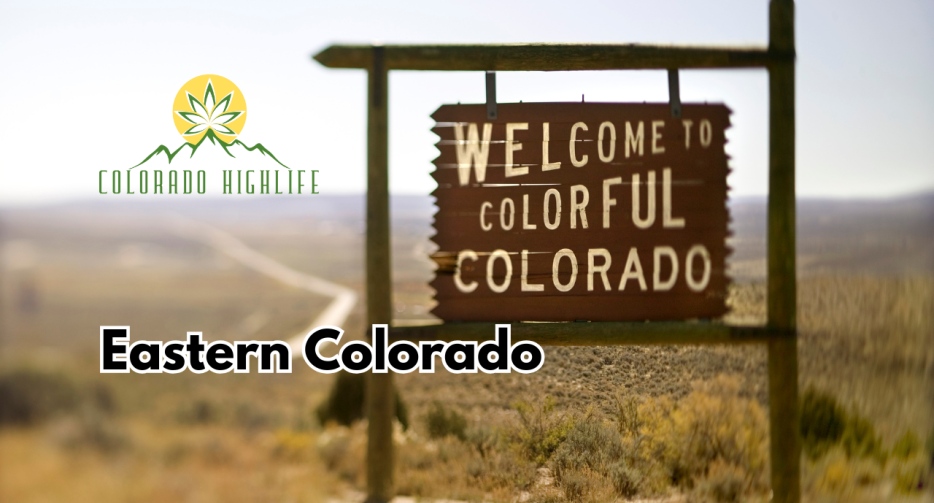When it comes to recreational cannabis in Colorado, geography matters, a lot. While the state is internationally famous for its cannabis culture, you won’t find the green wave equally distributed. Particularly in Eastern Colorado, recreational dispensaries are almost non-existent.
Why? The answer lies in a mix of local history, farming traditions, and regional attitudes toward cannabis legalization.

The Agricultural Backbone of Eastern Colorado
Eastern Colorado is characterized by its vast plains, rolling farmland, and tight-knit rural communities. This region has long been a hub for agriculture, producing wheat, corn, and livestock that feed the nation. Many of these areas are steeped in tradition, with older, more conservative farming families holding significant influence.
When recreational cannabis was legalized in 2012, towns in Eastern Colorado were given the option to opt in or out. Unsurprisingly, most chose to opt out.
Local leaders and residents often cited concerns about maintaining the family-friendly atmosphere of their communities and avoiding perceived risks associated with recreational cannabis, such as increased crime or impaired driving. These sentiments reflect a stark contrast to the more liberal attitudes in Central and Western Colorado.
For those traveling in the east and looking for outdoor adventures instead of dispensaries, you might want to check out the best Colorado campgrounds for a relaxing getaway.

Key Towns That Have Opted Out
Here’s a closer look at some prominent towns and counties in Eastern Colorado that have shunned recreational cannabis:
- Sterling
Known for its historic landmarks and proximity to the South Platte River, Sterling is a quintessential rural town. Despite being a regional center for farming and education, the community has taken a hard stance against recreational cannabis sales, maintaining a more traditional approach to commerce and lifestyle. - Brush and Fort Morgan
These agricultural powerhouses in Morgan County are deeply rooted in ranching and farming traditions. Town officials have consistently emphasized their desire to uphold the area’s family-oriented values, steering clear of recreational dispensaries. - Burlington
A small town near the Kansas border, Burlington has a strong conservative streak. The town’s leadership has prioritized economic initiatives tied to agriculture rather than cannabis, reflecting the community’s broader priorities. - Limon
Known as the “Hub City” of Eastern Colorado for its location at the intersection of major highways, Limon has focused on being a crossroads for travelers and goods—not a destination for cannabis tourism.
If you’re venturing west to experience Colorado’s thriving cannabis culture, be sure to explore our Denver dispensary deals for the best savings and top-notch products.
Central and Western Colorado: A Different Story
Head west, and the story shifts dramatically. Towns like Denver, Boulder, and Durango have embraced recreational cannabis wholeheartedly. These areas have become hubs for cannabis tourism, offering not just dispensaries but also cannabis-friendly lodging, tours, and experiences. Even smaller mountain towns like Aspen and Telluride have joined in, capitalizing on the industry to boost their local economies.
Looking for ideas on how to enjoy cannabis while touring the west? Don’t miss our guide on cannabis-friendly Colorado activities for inspiration.
The divide between the east and west highlights Colorado’s cultural and economic diversity. Western towns often rely on tourism as a primary revenue source, making cannabis a natural fit for attracting visitors. By contrast, Eastern Colorado’s economy is grounded in agriculture, with little incentive to shift toward a cannabis-friendly model.

A Look Back: How History Shaped the Divide
The farming traditions in Eastern Colorado date back to the Homestead Act of 1862, which brought waves of settlers seeking to cultivate the plains. This agricultural foundation fostered a self-reliant, conservative ethos that persists today. When cannabis was legalized, many communities in the east viewed it as a cultural and economic shift that didn’t align with their values.
Central and Western Colorado, on the other hand, have long been influenced by outdoor recreation, progressive ideals, and entrepreneurial ventures. These factors created fertile ground for the cannabis industry to thrive.
Planning a winter trip to Colorado? Combine the best of mountain activities and cannabis tourism by staying at one of Colorado’s top winter resorts for a truly unforgettable experience.
The Future of Cannabis in Eastern Colorado
Could Eastern Colorado ever embrace recreational cannabis? It’s possible, but unlikely in the near term. Changing demographics and generational shifts might soften attitudes over time, especially as cannabis continues to gain mainstream acceptance across the U.S. However, for now, the region’s focus remains firmly on its agricultural roots and preserving its traditional way of life.
For visitors looking to explore Colorado’s recreational cannabis scene, Central and Western Colorado offer endless opportunities. From urban dispensaries to scenic mountain experiences, there’s something for everyone. Check out our guide to cannabis-friendly Colorado activities and start planning your adventure today!

